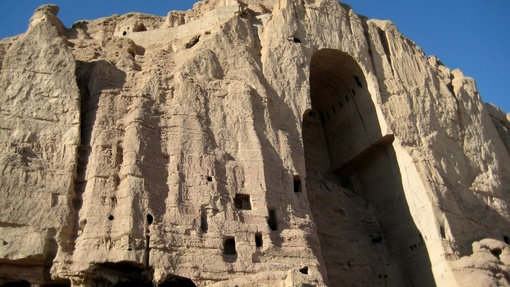The people of Afghanistan should have the final say on the restoration of the Buddhas of Bamiyan says Bernhard Weber, founder of the New 7 Wonders Foundation. He cautioned against allowing Afghan bureaucrats or international organizations to make such decisions on their behalf.

Ten years after the Taliban destroyed Afghanistan’s famous statues, the debate about their restoration continues. Taliban leader Mullah Mohammed Omar passed an order to destroy the ancient Gandhara-era sculptures after clerics demanded that all “symbols of idolatry” be removed from the country. Despite worldwide protests, dynamiting of the sacred site, which lies 260km west of Kabul on the old Silk Road, began on 2 March 2001.
In the aftermath of the destruction of the statues, an international project, initiated by Bernard Weber on behalf of the New7Wonders Foundation, together with Paul Bucherer of the Bibliotheca Afghanica Foundation, undertook preliminary work on the reconstruction of the larger statue, which once stood 55 metres tall. These efforts resulted in an extremely high resolution 3-D model that would serve as the starting point of any serious conservation or reconstruction project.
But following two days of meetings recently at UNESCO’s Paris headquarters, Afghan officials argued that the site of the larger Buddha should be left empty as a reminder of Taliban intolerance. The smaller Buddha statue may eventually be reconstructed, and the creation of a museum in Bamiyan, with other museums built near the ruins to house other relics found in the area, was proposed.
Reporting for AFP, Emmanuel Duparcq writes that the debate is far from over, however, “As many Afghans now want the 1,500-year-old buddhas restored in the hope they can draw tourists to Bamiyan, a relatively peaceful and picturesque province in central Afghanistan.”

